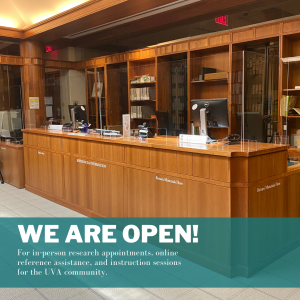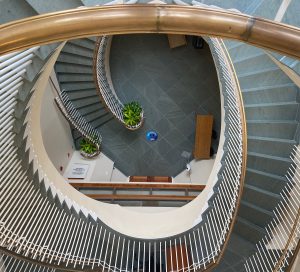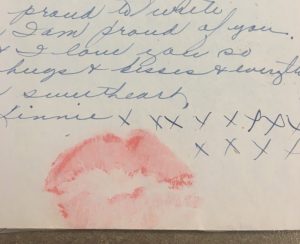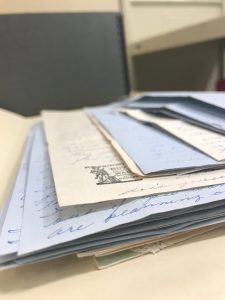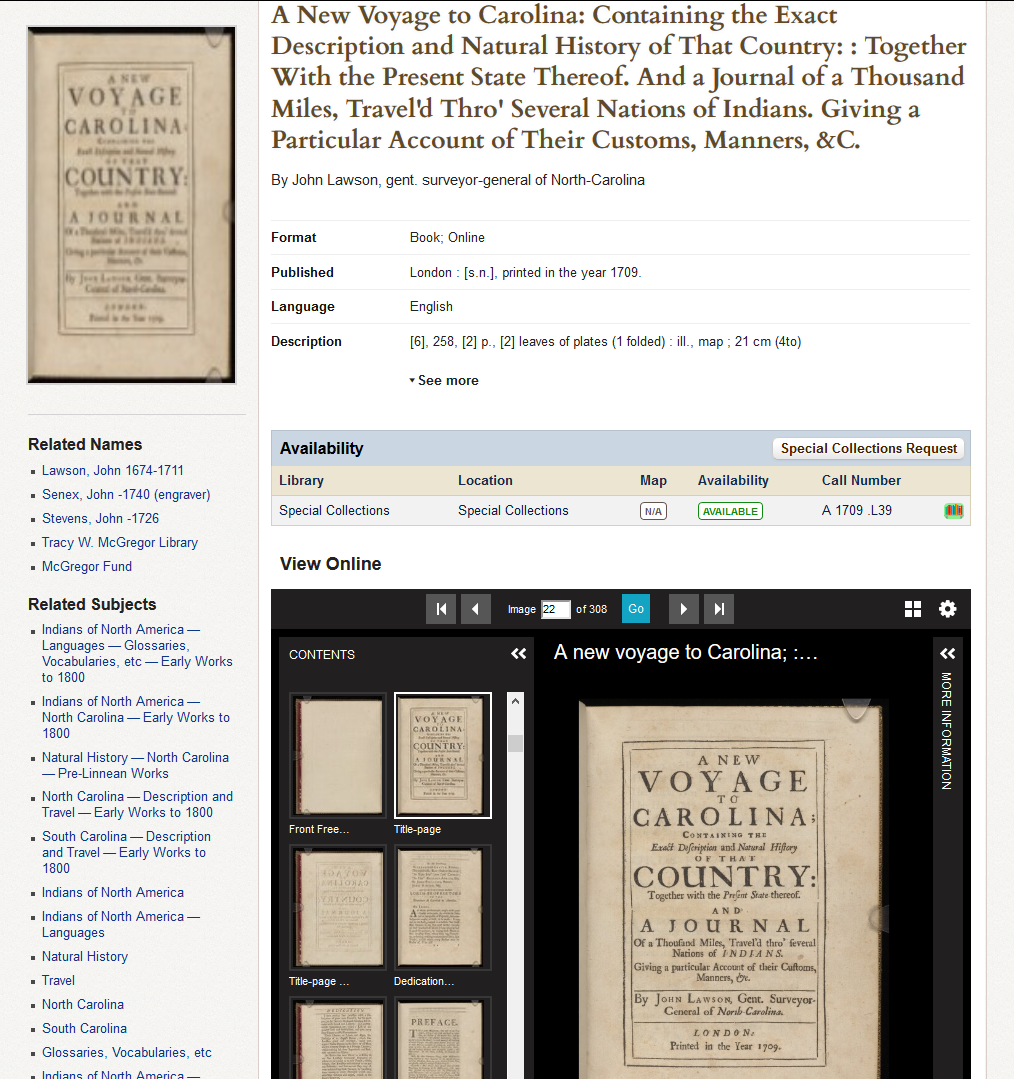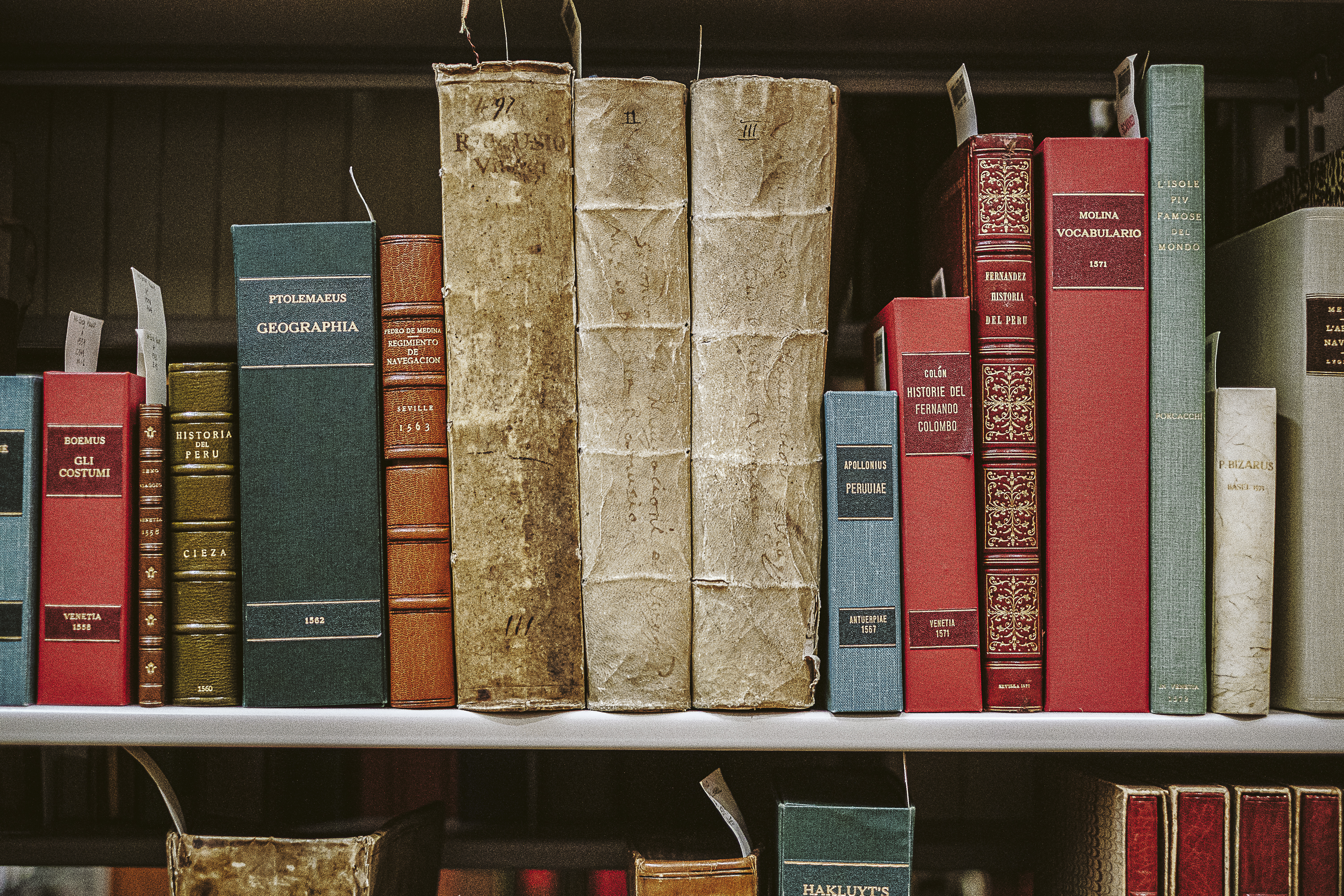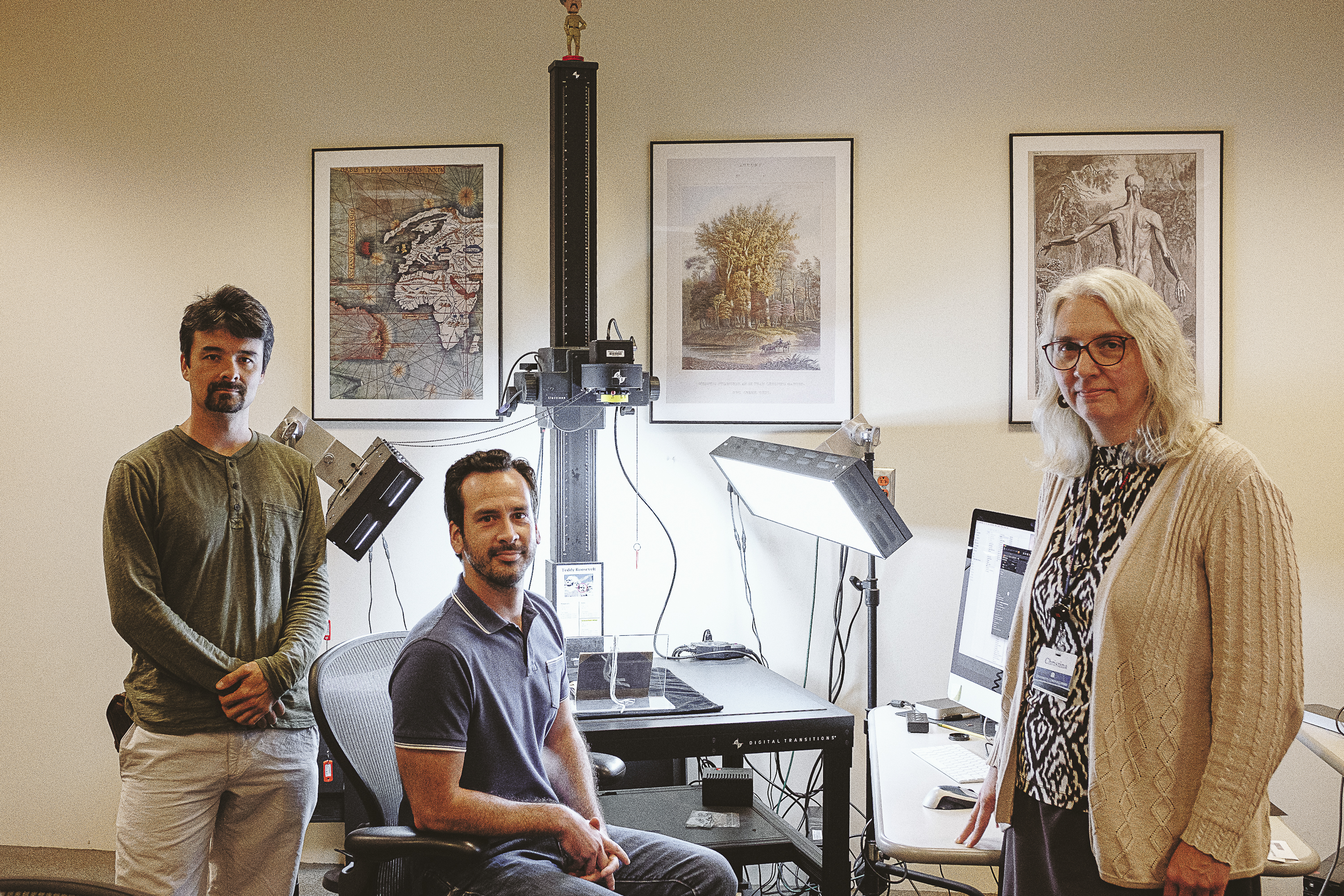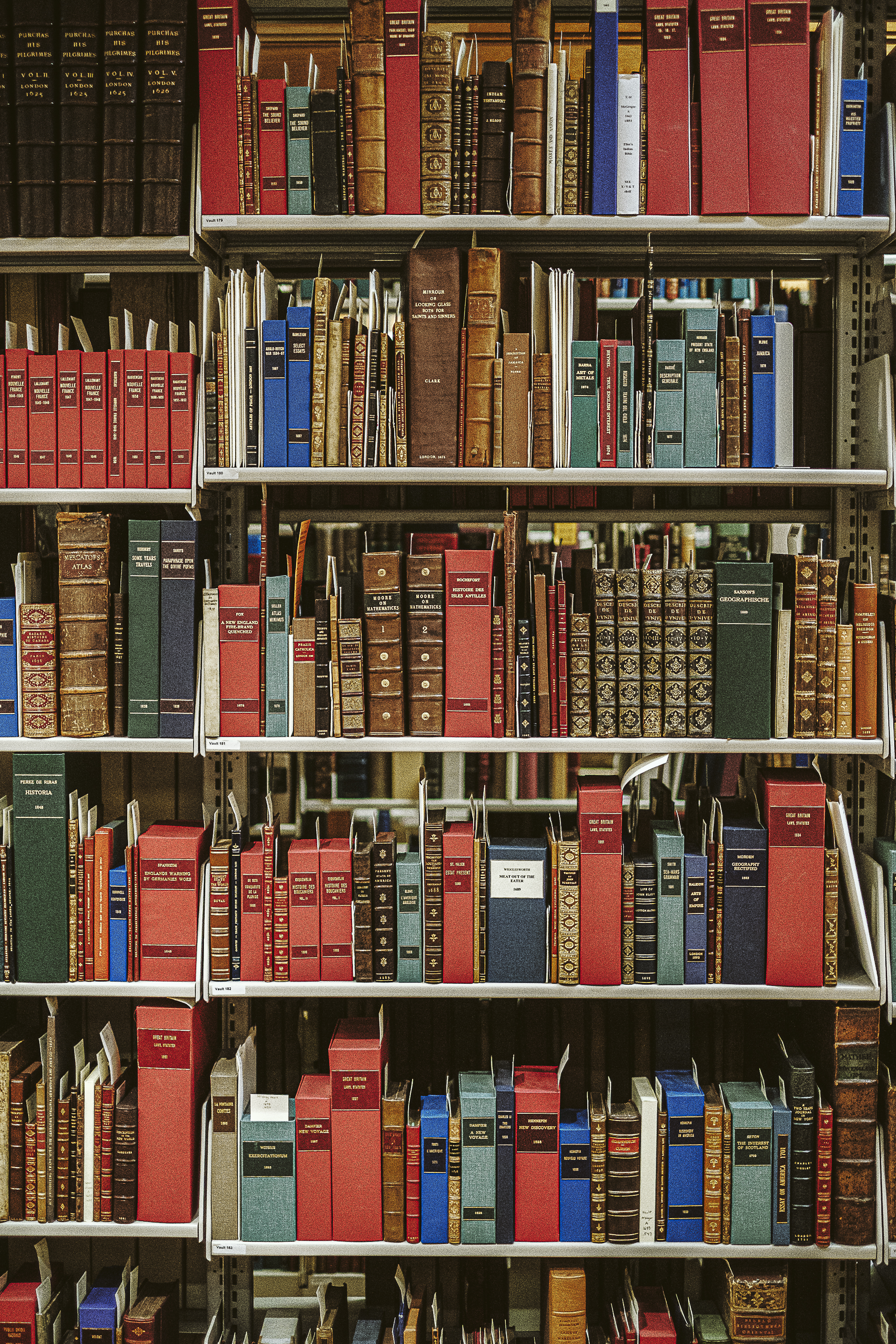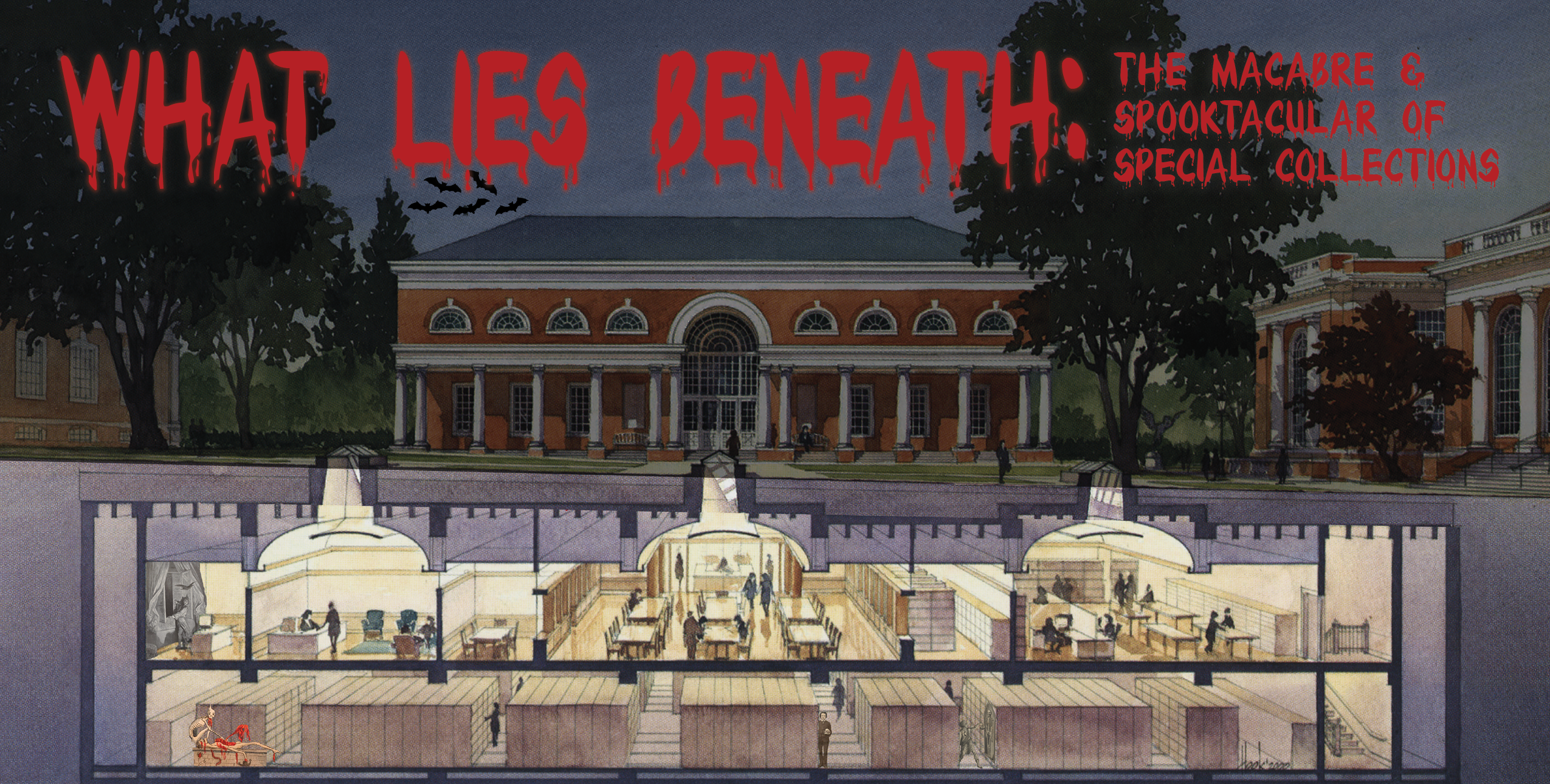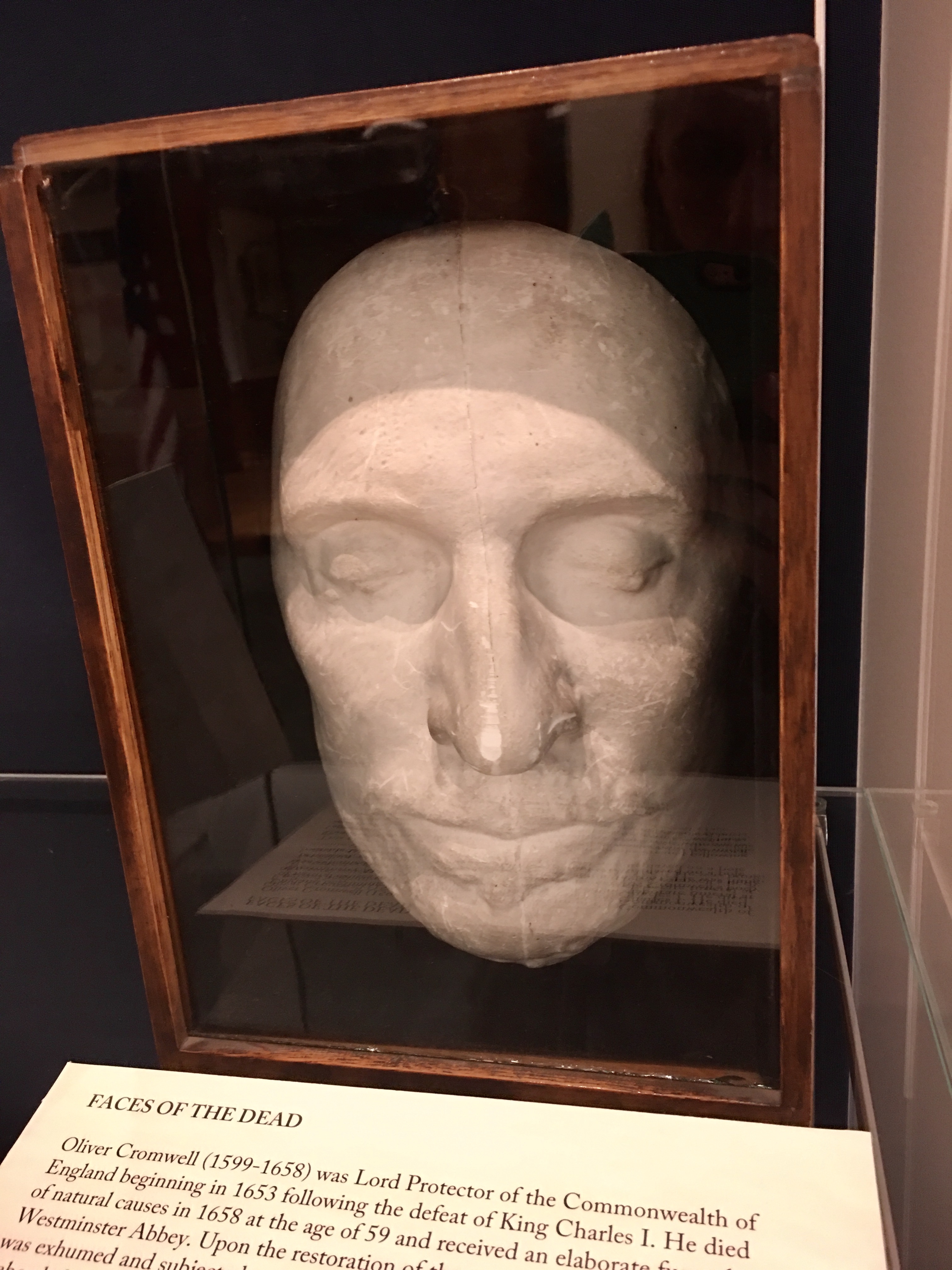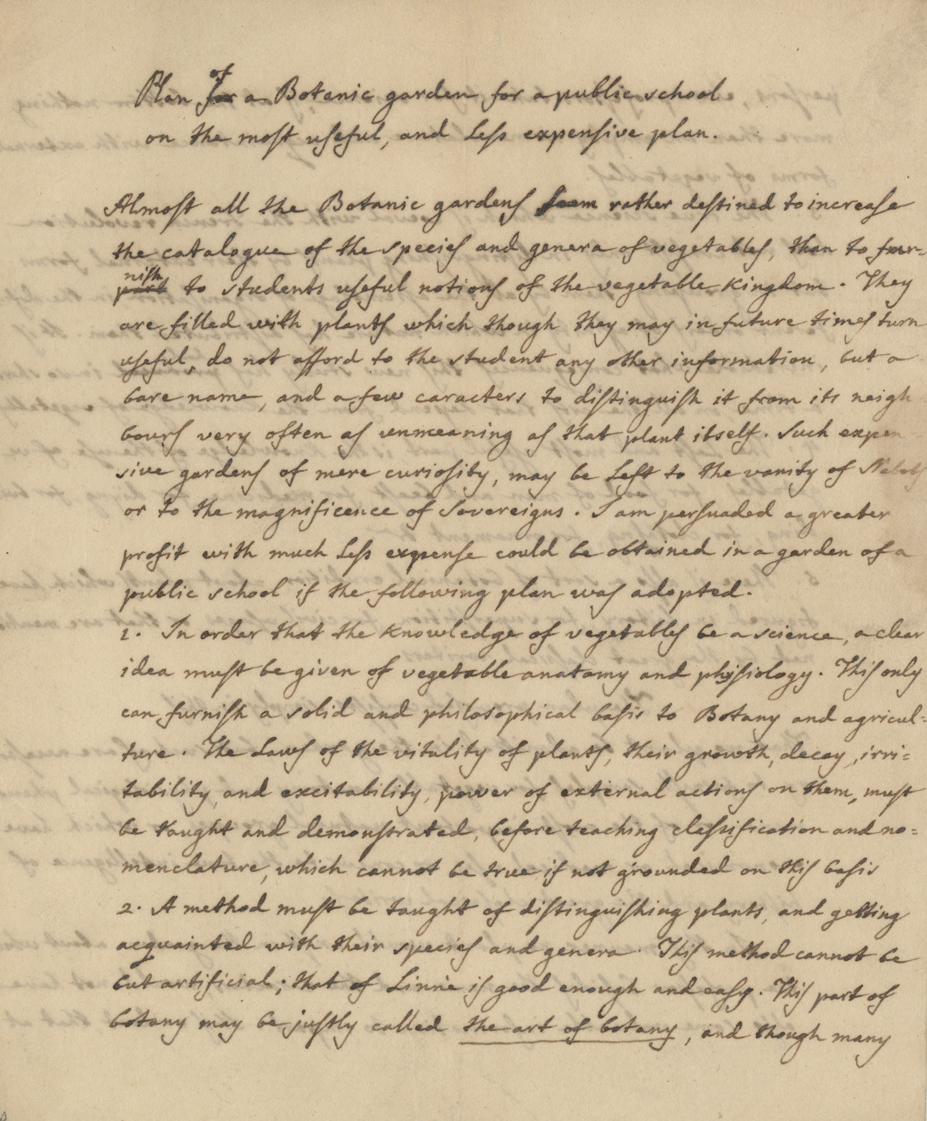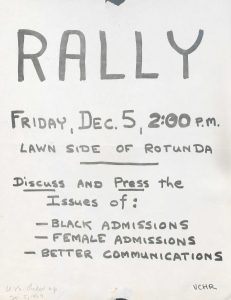We’ve hired several new staff in the Small Special Collections Library in the past year, and we figure it is time to introduce you to our wonderful new colleagues. Over the next few weeks, you’ll meet five new members of our Technical Services team! First up: their intrepid leader: Whitney Buccicone, Head of Technical Services.
Whitney Buccicone is the Head of Technical Services in the Small Special Collections Library at the University of Virginia. Previously, she was the Special Collections Cataloging Librarian at the University of Washington (2016-2019) and held multiple paraprofessional positions at the Lilly Library, Indiana University Bloomington (2006-2016). Her job duties include managing the team responsible for the workflows focused on Acquisitions, Cataloging, Archival Processing, and University Archives. The Technical Services team is also formulating a plan for the reparative work needed to ensure that all collections at the Small Library are properly described and enhanced to reflect history, including the voices normally hidden due to white supremacy.
What was your first ever job with books or libraries?
I worked in a small Christian bookshop in my hometown in Goshen, Indiana. I loved the books but hated selling them (I’ve been a book hoarder from a young age!). After that, I had a part-time job over the summer in the public library. I started working at the Lilly during my junior year at Indiana University and didn’t look back.
What was the first thing you collected as a child? What do you collect now? (oh, c’mon, admit it).
Books. It’s always been books. Now, I collect comics, graphic novels, and any sci-fi/fantasy novels written by women, especially Black and Indigenous authors. I also collect succulents and kitchen tools.
Hopefully you’ve been roaming Grounds and Charlottesville a bit since your arrival. What’s your favorite new discovery other than Special Collections?
Rivanna Trail is so much fun! I also love walking the Downtown Mall and popping into any of the bookstores where I promise myself that I won’t buy anything (it’s a lie). I’m a big BBQ aficionado so checking out new places is a fun pastime.
Tell us what excites you about your job?
I have the best group of employees that a boss could ask for. Each of them has skills that make them excellent at their jobs and I couldn’t imagine doing this job without any one of them. They love challenges and always step up when I need them. Way to go, team Tech Services!
Tell us something about Special Collections or UVA that is different from what you expected.
What brought me here was how, during my interview, every staff member came across as user-focused. Since coming here, I found that at every level of the Library and on Grounds. We are here for our patrons and students — it’s our focus and our pride.
If you could be locked in any library or museum for a weekend, with the freedom to roam, enjoy, and study to your heart’s content, which one would you choose
The Field Museum in Chicago. I want to drink hot cocoa with Sue the T-Rex!


